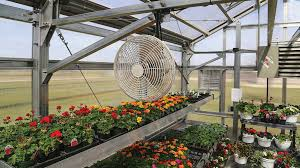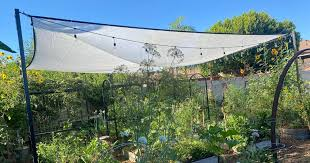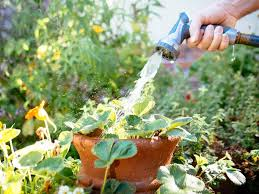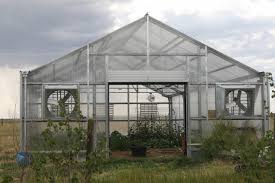By Benedict Vanheems | 23 July 2015
During the height of summer, greenhouses can become unbearably hot, with temperatures rising significantly higher than those outside. While a warm environment is perfect for growing crops during the colder months, it can put unnecessary stress on plants and gardeners when the heat intensifies. Greenhouses, or “hothouses,” are essential for cultivating warmth-loving crops such as tomatoes, cucumbers, and melons. However, excessive heat can harm even these heat-tolerant plants. For instance, tomatoes experience poor pollination and fruit damage when temperatures exceed 32°C (90°F) during the day and 24°C (75°F) at night. This makes it crucial to maintain a cooler environment during the summer months.
1. Ventilation: Essential for Cooling Your Greenhouse
Good airflow is one of the most effective ways to combat heat. Proper ventilation can cool your greenhouse by allowing air to circulate freely. Roof vents, side vents (usually louvered), and open doors help create a cooling breeze that regulates temperature. Ideally, roof vents should cover about one-fifth of the floor area for optimal air exchange. If that’s not possible, be sure to open side vents and doors to facilitate airflow.
It’s important to monitor temperatures with a maximum-minimum thermometer. Once the temperature reaches around 27°C (81°F), you should begin ventilating. Open all vents and doors early in the morning, and keep them open at night when possible. To prevent unwanted pests from entering, you can use netting over the door. Just make sure the netting still allows pollinators to pass through.

Automatic vent openers can be added to help, but they may not react quickly enough to prevent overheating, so be prepared to manually open doors when needed.
2. Shading: Protecting Plants from Excessive Sunlight
While sunlight is essential for plant growth, too much direct exposure can cause harm. Shading is the second line of defense against excessive heat. Shade paints are a cost-effective solution that filters sunlight, reducing heat buildup inside the greenhouse. Apply additional layers as temperatures rise and wash them off as the weather cools. However, not all greenhouses can use shade paint—especially those with unpainted wood, where netting and blinds become more suitable options.
External blinds are the most effective, as they block sunlight before it enters the greenhouse. They can be removed on cooler days, though you’ll need to ensure they don’t obstruct ventilation. Internal blinds, which can be automated, are another option but may be more expensive.
Alternatively, mesh or shade netting offers an affordable way to provide shade, and it can be easily secured with clips.

3. Damping Down: Raising Humidity to Cool the Air
During extreme heat, you can increase humidity inside the greenhouse by “damping down.” This involves wetting hard surfaces like paths and staging. As the water evaporates, it raises the humidity, helping plants handle the heat. Higher humidity also deters pests like red spider mites, which thrive in dry conditions.
Aim to damp down the greenhouse at least twice a day—once in the morning and again in the evening. If possible, a third dampening during the day will further help in maintaining a cooler, more comfortable environment for your plants.
4. Watering: Preventing Heat Stress and Dehydration
Adequate watering is critical during hot weather. Transpiration—the process through which plants release moisture through their leaves—helps cool the plant, much like how we sweat to regulate our body temperature. If plants can’t transpire effectively due to dehydration, they risk overheating and wilting.
To ensure proper transpiration, make sure your plants receive sufficient water at their roots. Keep an eye out for signs of heat stress, such as wilting, scorched leaves, or dry young foliage. If you follow the tips outlined above, these issues should be avoidable.

Conclusion
By combining proper ventilation, shading, humidity control, and consistent watering, you can keep your greenhouse environment cool and comfortable for your plants. These steps are essential for preventing heat stress and ensuring healthy, thriving crops throughout the summer. We’d love to hear your tips for cooling greenhouses, especially if you live in a particularly hot climate. Feel free to share your experiences in the comments below!
